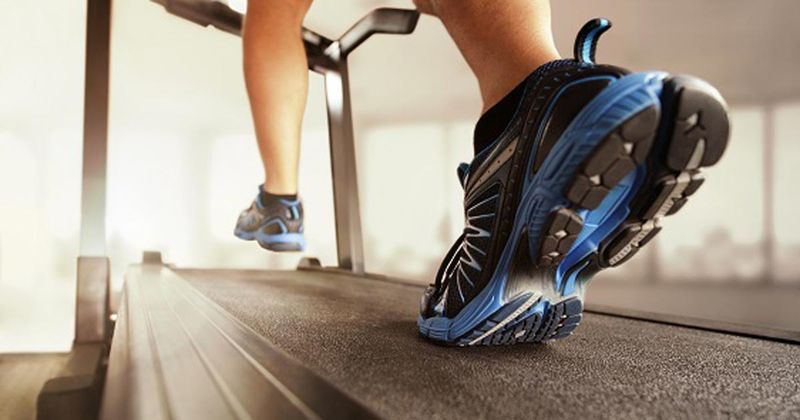Diet, exercise instruction improve knee osteoarthritis pain, function
Patients with knee osteoarthritis who are overweight or obese saw reduced knee pain following 18 months of diet and exercise instruction delivered in a community space, according to data presented at ACR Convergence 2022.
“Clinical guidelines encourage the use of diet and exercise to relieve and improve pain in adults with knee osteoarthritis,” Stephen Messier, PhD, a professor at Wake Forest University, in Winston-Salem, North Carolina, told attendees. “This combination is efficacious under highly controlled conditions.”

To determine whether successful weight loss and exercise instruction could be delivered to patients with knee OA in a community setting, Messier and colleagues conducted an assessor-blinded, randomized controlled trial. Participants included community-dwelling patients aged 50 years or older with knee OA. Additionally, included patients were classified as overweight or obese through a BMI score of 27 or greater. Participants were randomized to either 18 months of diet and exercise intervention, or to an attention control group.

The primary endpoint was the difference in Western Ontario and McMaster Universities Osteoarthritis Index (WOMAC) knee pain score, as measured at 18 months, between the groups. Secondary endpoints included WOMAC function, 6-minute walk distance and SF-36-related quality of life scores, Messier said.
In total, 823 patients were randomized. According to the researchers, the mean 18-month body weight difference for patients who received diet and exercise instruction was 10.9 kg (10.8%), compared with 2.7 kg (2.7%) in the control group, representing a difference of 8.6 kg (95% CI, 5.4-11.9). In addition, the average WOMAC pain score was “significantly” less in patients who received instruction compared with the control group — 4.9 vs. 5.5 (adjusted difference = –0.6; 95% CI, –1 to –0.1).
Patients who received diet and exercise instruction also produced better WOMAC function scores — 16.4 vs. 19.7 — greater 6-minute walk distance scores — 419 m vs. 376 m — and greater SF-36 physical health-related quality of life scores.
“Compared to the control group, diet plus exercise had a statistically significant, but modest, reduction in pain and was 20% more likely to attain a clinically important two-point improvement in pain,” Messier said. “These data imply that a community-based diet and exercise program may be a practical alternative to academic center-based programs for improving clinical outcomes in people with knee OA and overweight or obesity.”

